Government-Backed Mortgage Insurance Programs: FHA, VA, and USDA
Buying a home can be a challenging and expensive endeavor, especially for first-time homebuyers or those with limited savings. To help make homeownership more accessible, the U.S. government offers several mortgage insurance programs that provide financial protection to lenders, allowing them to approve loans for borrowers who might otherwise struggle to meet traditional requirements. These programs are designed to support specific groups of people, such as low-income buyers, veterans, and rural residents, by making home financing more affordable and accessible.
In this article, we’ll take a closer look at the three primary government-backed mortgage insurance programs: FHA loans, VA loans, and USDA loans. We’ll explore who qualifies for these programs, how they work, and what benefits they offer.
1. FHA Loans (Federal Housing Administration)
The FHA loan is one of the most popular government-backed mortgage options for first-time homebuyers. Offered by approved lenders and insured by the Federal Housing Administration (FHA), these loans are designed to help buyers who may have less-than-perfect credit or who can’t afford a large down payment.
Key Features of FHA Loans:
- Low Down Payment: FHA loans require as little as 3.5% down for borrowers with a credit score of 580 or higher. Those with a credit score between 500 and 579 may still qualify, but they’ll need to put down 10%.
- Flexible Credit Requirements: FHA loans are more forgiving of lower credit scores compared to conventional loans, making them an attractive option for buyers with imperfect credit histories.
- Mortgage Insurance: FHA loans require Mortgage Insurance Premium (MIP). This includes an upfront MIP (typically 1.75% of the loan amount) and an annual MIP, which is paid monthly. The cost of the MIP varies depending on the loan term, down payment, and loan amount.
- Loan Limits: FHA loans have loan limits that vary by county and are based on the area’s median home prices. In higher-cost areas, the limits may be higher.
- Property Requirements: The property being purchased must meet specific safety and habitability standards set by the FHA.
Who Should Consider an FHA Loan?
FHA loans are ideal for first-time homebuyers or those with lower credit scores who might not have enough savings for a large down payment. If you have a history of bankruptcy or foreclosure but have re-established your credit, you may still be eligible for an FHA loan.
2. VA Loans (Veterans Affairs)
The VA loan program is offered by the U.S. Department of Veterans Affairs to provide home financing to veterans, active-duty service members, National Guard and Reserve members, and certain surviving spouses. VA loans are one of the most advantageous mortgage options because they don’t require a down payment or mortgage insurance.
Key Features of VA Loans:
- No Down Payment: VA loans are one of the few mortgage options that do not require any down payment, making them highly attractive for eligible borrowers.
- No Mortgage Insurance: Unlike other government-backed loans, VA loans do not require mortgage insurance. This can save borrowers hundreds of dollars each month compared to conventional loans or FHA loans.
- Competitive Interest Rates: VA loans often come with lower interest rates than conventional loans, helping veterans and active service members save on their monthly mortgage payments.
- Loan Limits: While VA loans do not have a set loan limit, there are limits to how much the VA will guarantee, depending on the county and loan amount. VA-backed loans often allow for higher loan limits than conventional loans, especially in high-cost areas.
- Funding Fee: While there is no mortgage insurance, VA loans do come with a funding fee, which is a one-time fee that helps offset the cost of the program. The fee varies depending on factors like the borrower’s military status, whether it’s their first VA loan, and the size of the down payment.
Who Should Consider a VA Loan?
VA loans are ideal for veterans, active-duty service members, and eligible surviving spouses who wish to buy a home with no down payment and no monthly mortgage insurance. If you qualify, this can be one of the most cost-effective mortgage options available.
3. USDA Loans (U.S. Department of Agriculture)
The USDA loan, backed by the U.S. Department of Agriculture, is designed to promote homeownership in rural and suburban areas. The USDA’s goal is to support homebuyers in less-developed areas by offering low-cost financing options.
Key Features of USDA Loans:
- No Down Payment: Like VA loans, USDA loans offer 100% financing, meaning no down payment is required. This makes it easier for those without substantial savings to buy a home.
- Mortgage Insurance: USDA loans require both an upfront guarantee fee (usually 1% of the loan amount) and an annual guarantee fee (around 0.35% of the loan balance) that’s paid monthly. These fees are typically lower than those of FHA loans.
- Income Limits: USDA loans have income eligibility requirements, meaning your household income must not exceed a certain threshold, which varies by location and family size. The program is primarily designed for moderate to low-income buyers.
- Property Location Requirements: The home you purchase must be located in an eligible rural area, as defined by the USDA. These areas are typically outside large metropolitan zones, but suburban areas can also qualify.
- Loan Limits: USDA loans also have certain loan limits, which vary based on the location and the borrower’s income.
Who Should Consider a USDA Loan?
USDA loans are perfect for low- to moderate-income buyers who want to purchase a home in a rural or suburban area. If you meet the income requirements and the property is located in an eligible area, USDA loans can be a great option to secure financing with no down payment.
Comparing FHA, VA, and USDA Loans
| Feature | FHA Loans | VA Loans | USDA Loans |
|---|---|---|---|
| Down Payment | As low as 3.5% | No down payment required | No down payment required |
| Mortgage Insurance | MIP (upfront and annual) | None (no mortgage insurance) | Upfront and annual guarantee fees |
| Credit Score Requirement | Minimum 580 (can go lower with higher down payment) | No minimum score requirement, but lenders may have their own criteria | Typically 640 or higher |
| Eligibility | First-time homebuyers, those with lower credit scores | Veterans, active-duty service members, surviving spouses | Low- to moderate-income buyers in rural areas |
| Property Requirements | Home must meet FHA standards | Home must be suitable for veteran’s use | Must be located in eligible rural or suburban areas |
| Interest Rates | Competitive but may be higher than VA | Lower rates compared to conventional loans | Generally lower rates than conventional loans |
Conclusion
Government-backed mortgage insurance programs such as FHA loans, VA loans, and USDA loans provide homebuyers with affordable financing options, making homeownership more accessible to a broader range of people. Whether you’re a first-time homebuyer, a veteran, or someone looking to buy a home in a rural area, these programs offer significant benefits such as low or no down payment requirements and competitive interest rates.
By understanding the differences between these programs and their eligibility requirements, you can better assess which one is right for you. If you qualify for one of these programs, you could be in a great position to purchase a home with more favorable terms than traditional mortgage options.

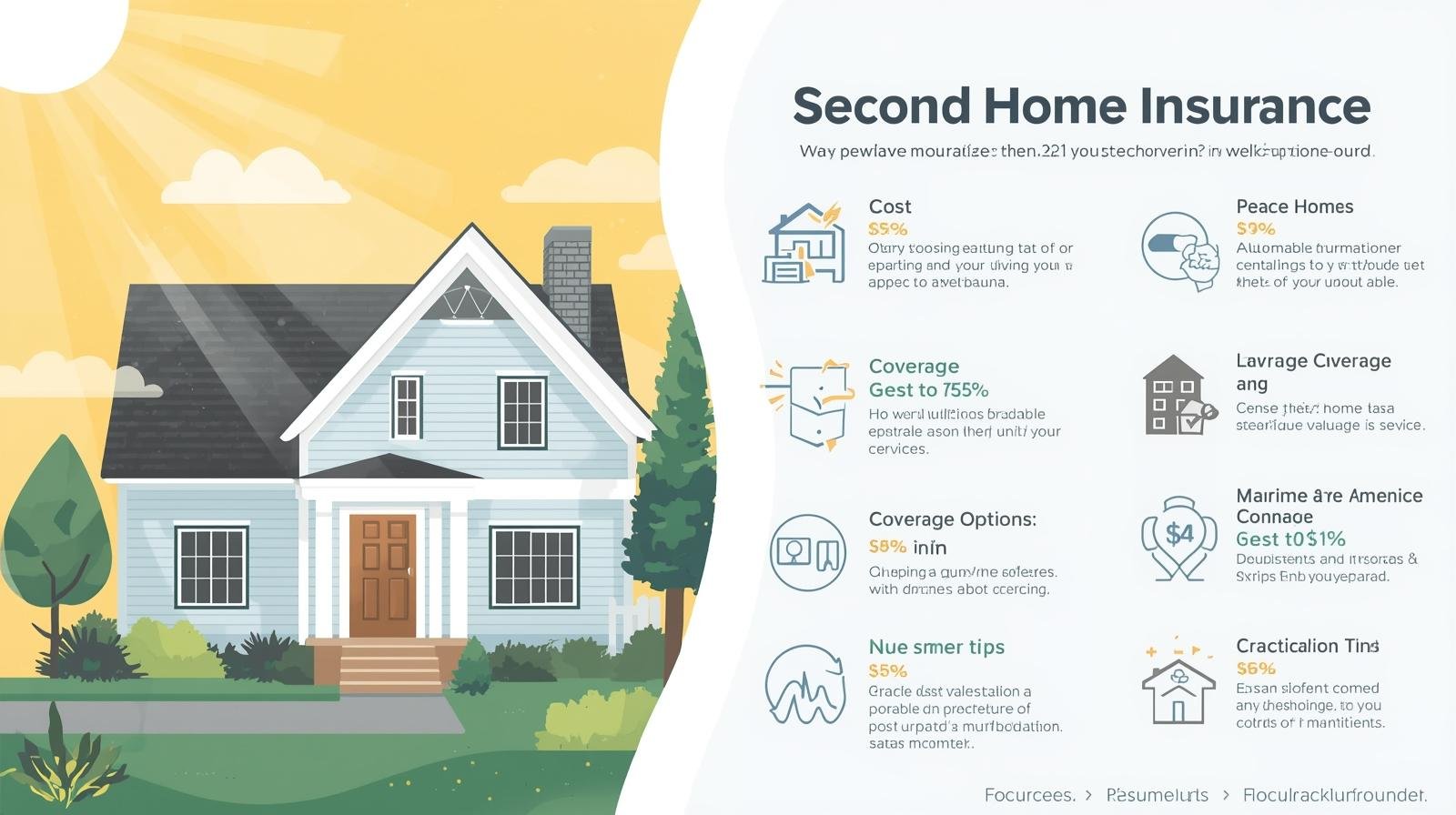
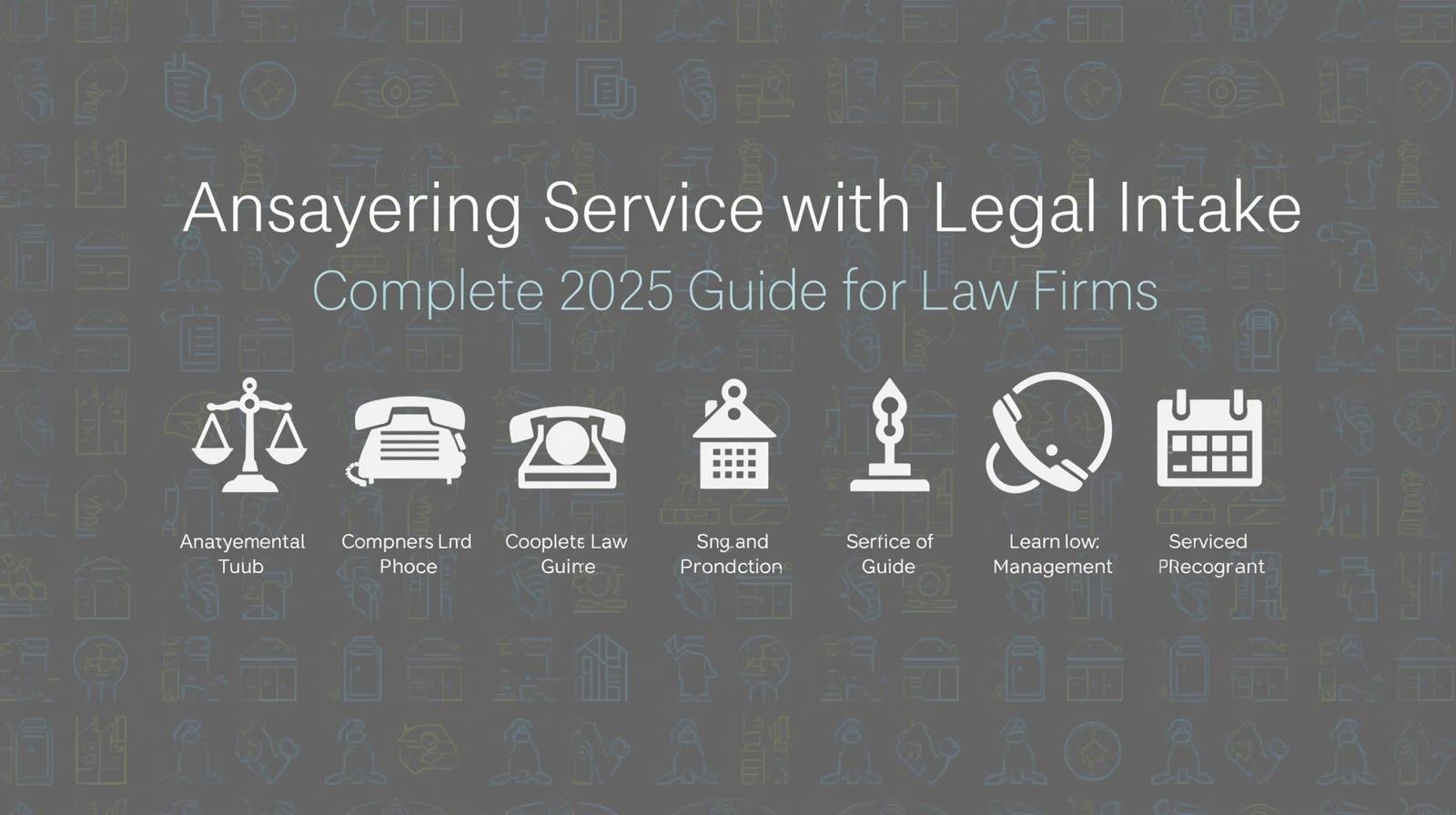
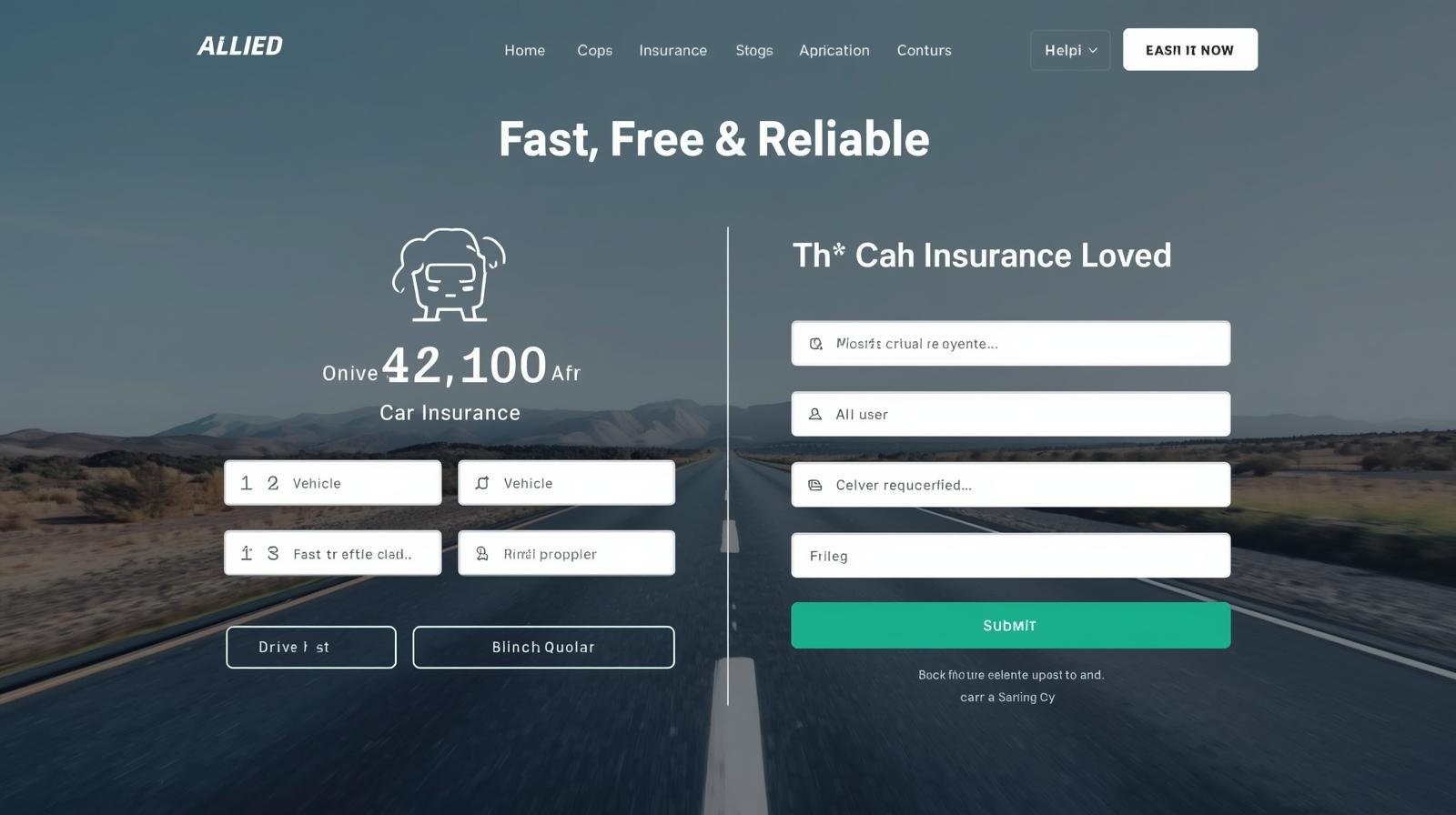
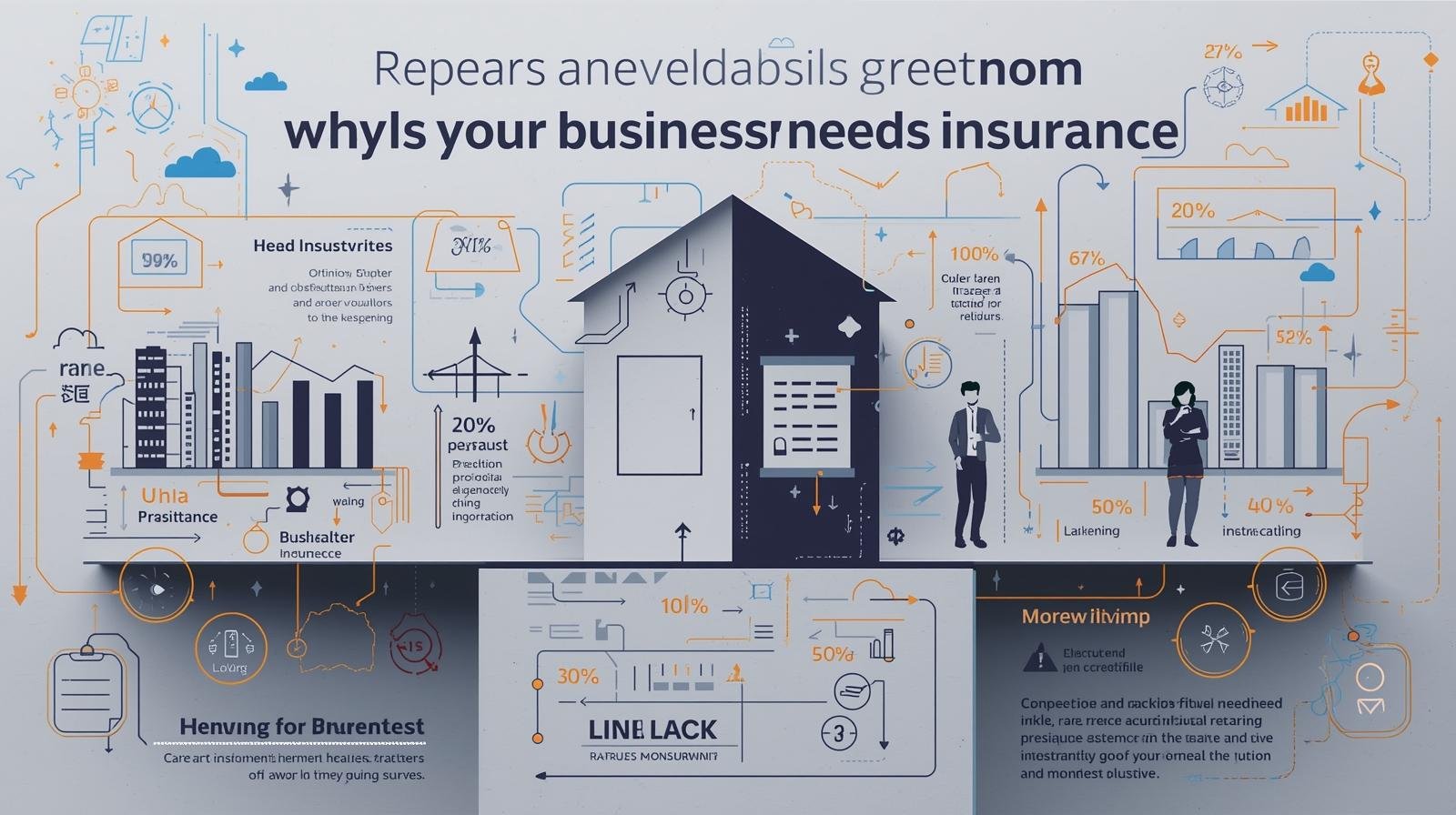
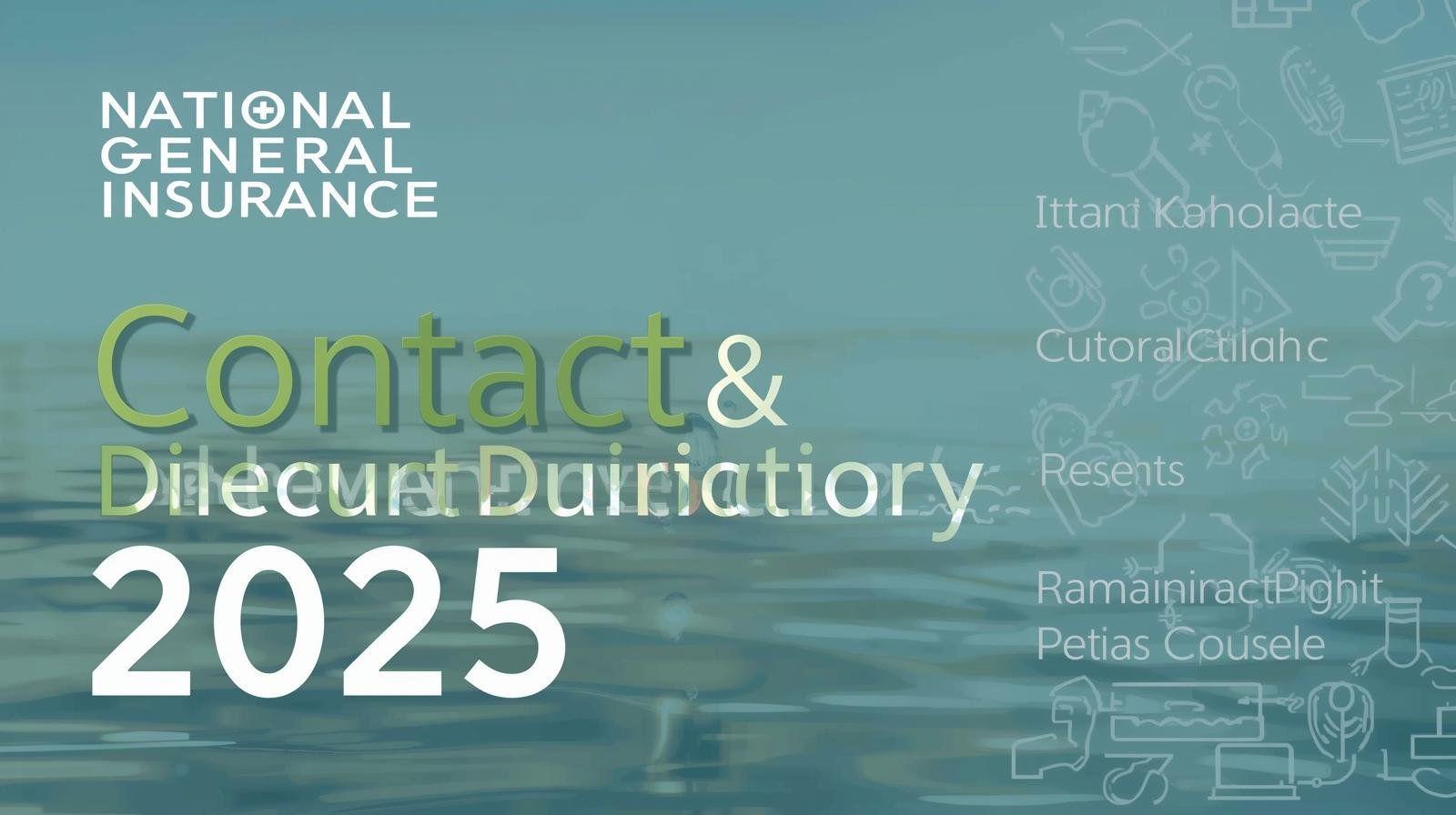
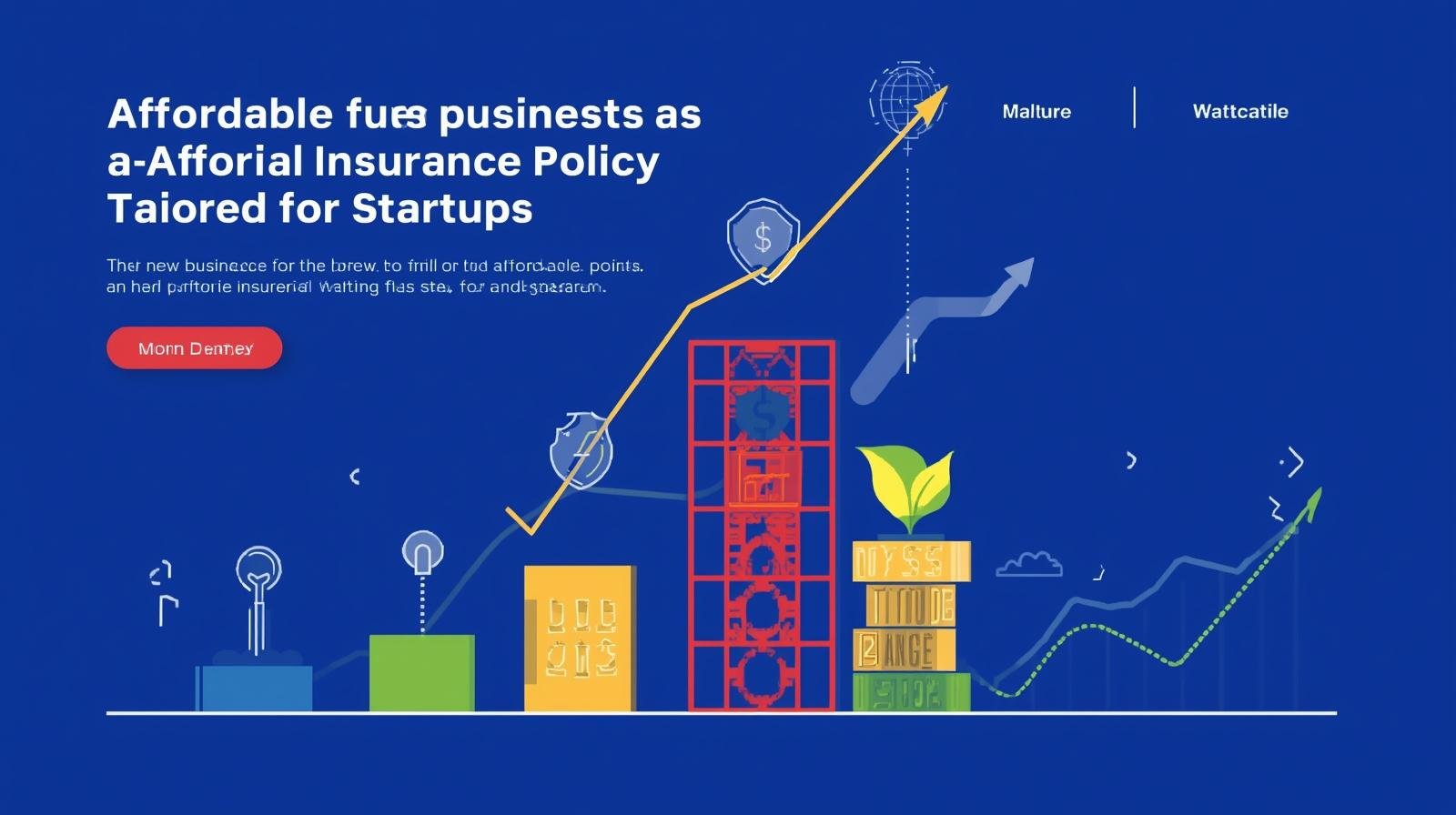
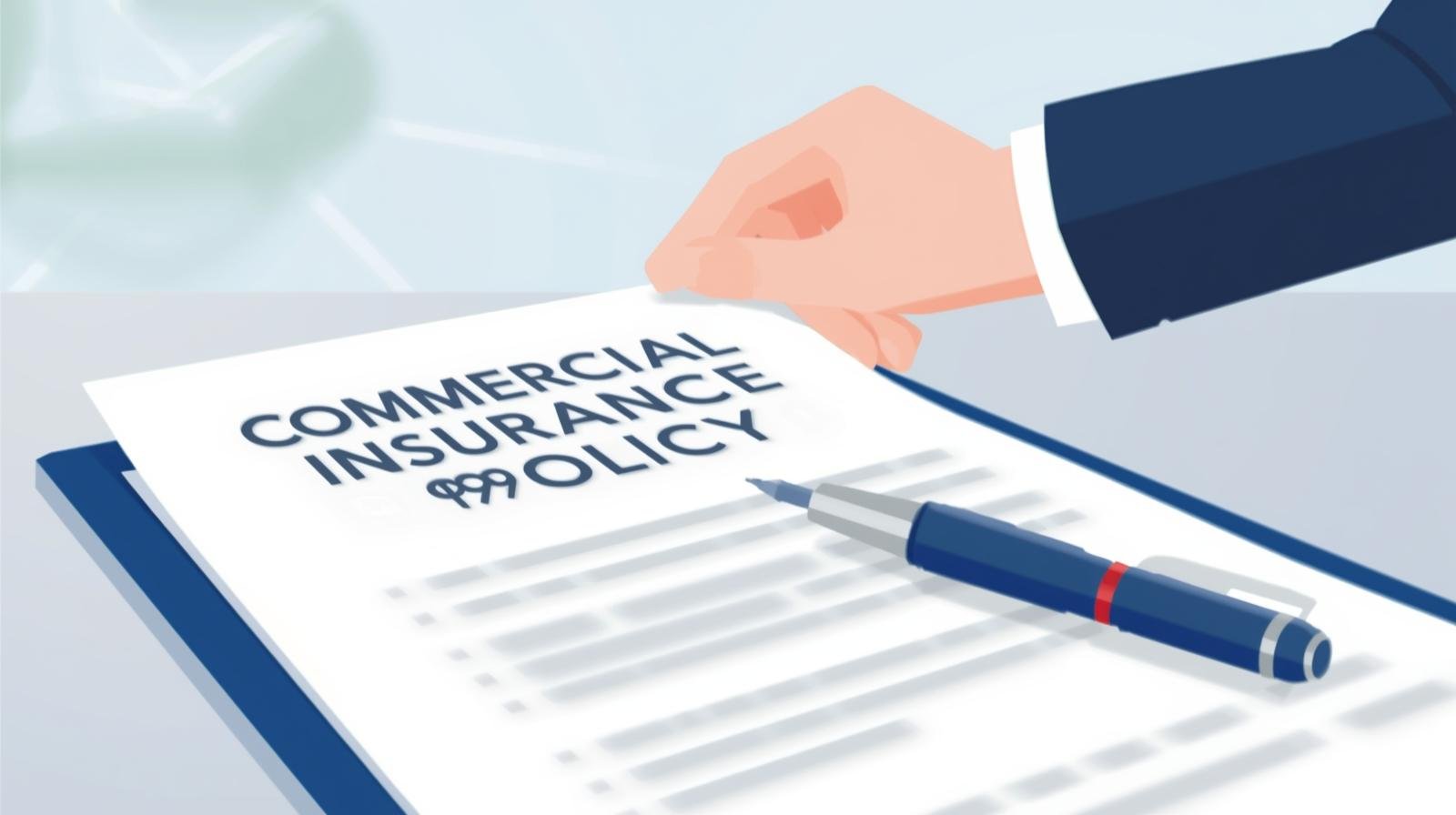


Leave a Reply